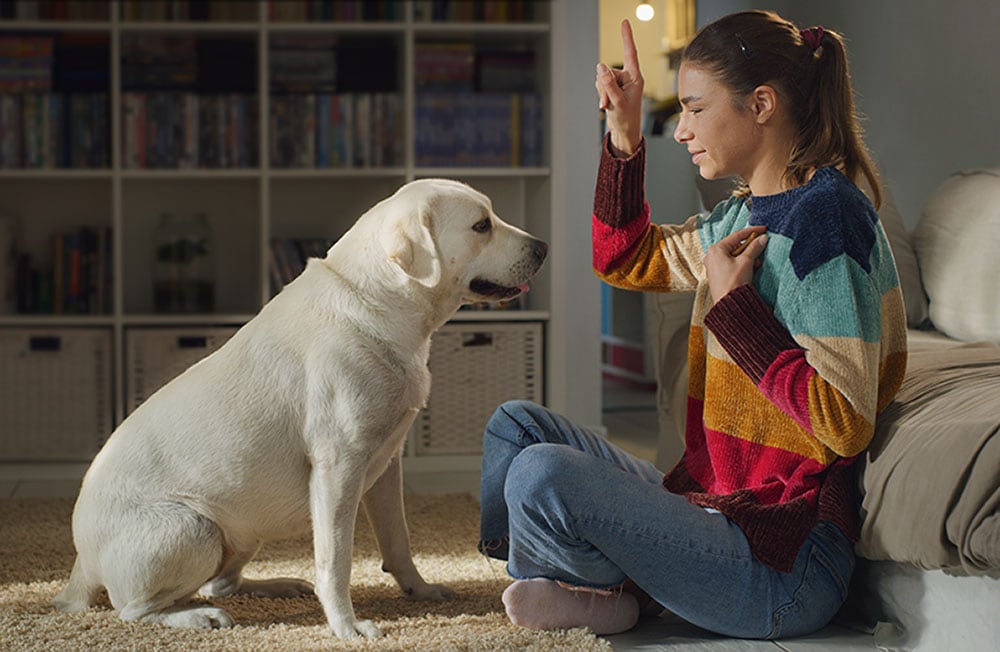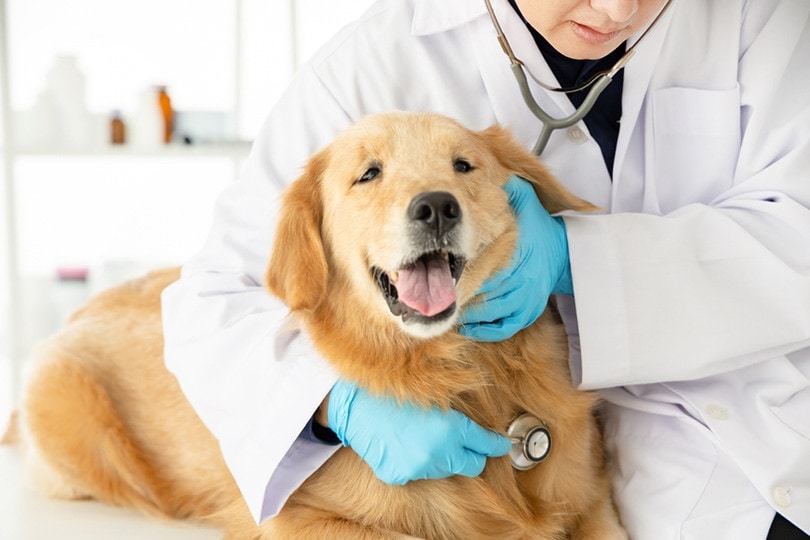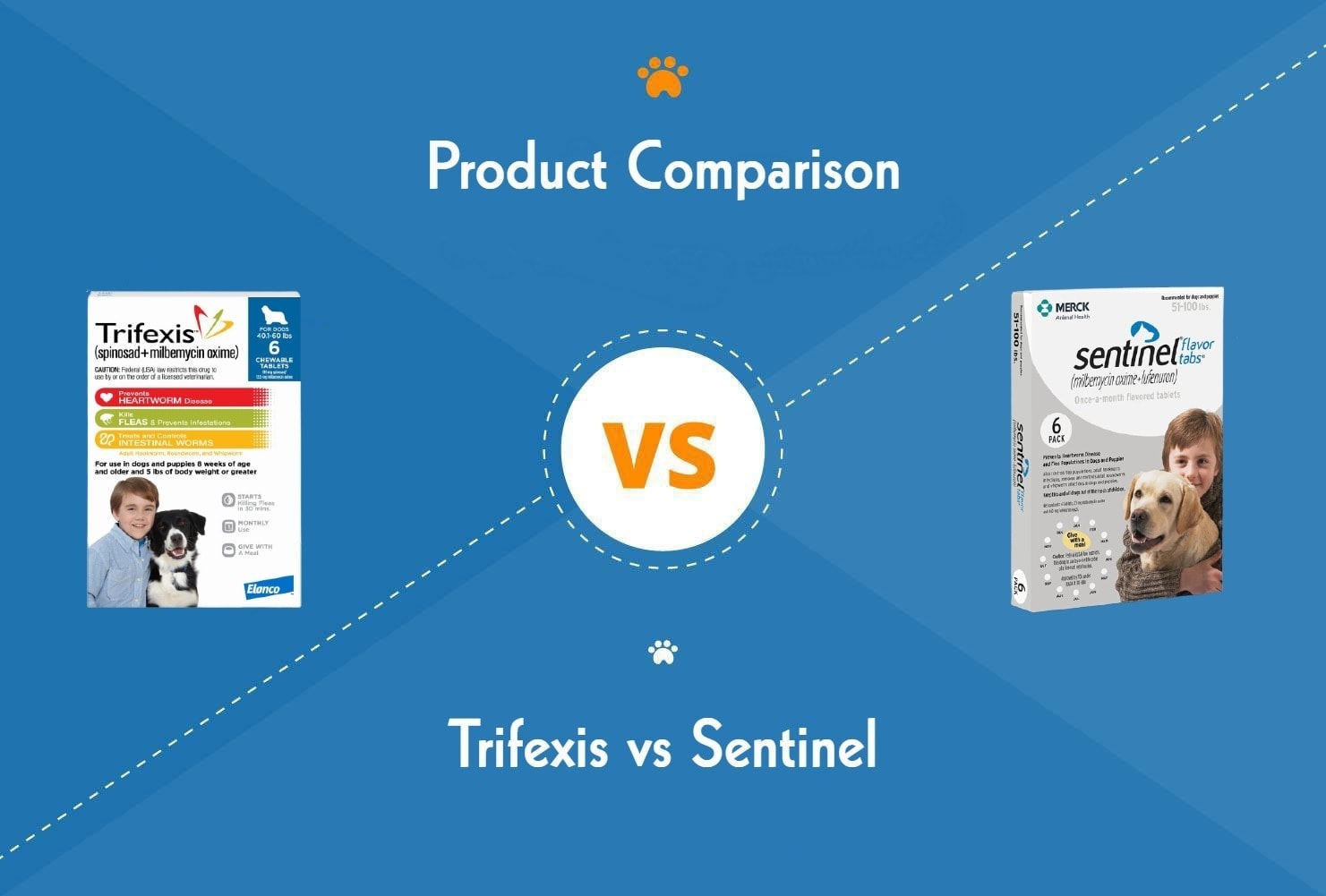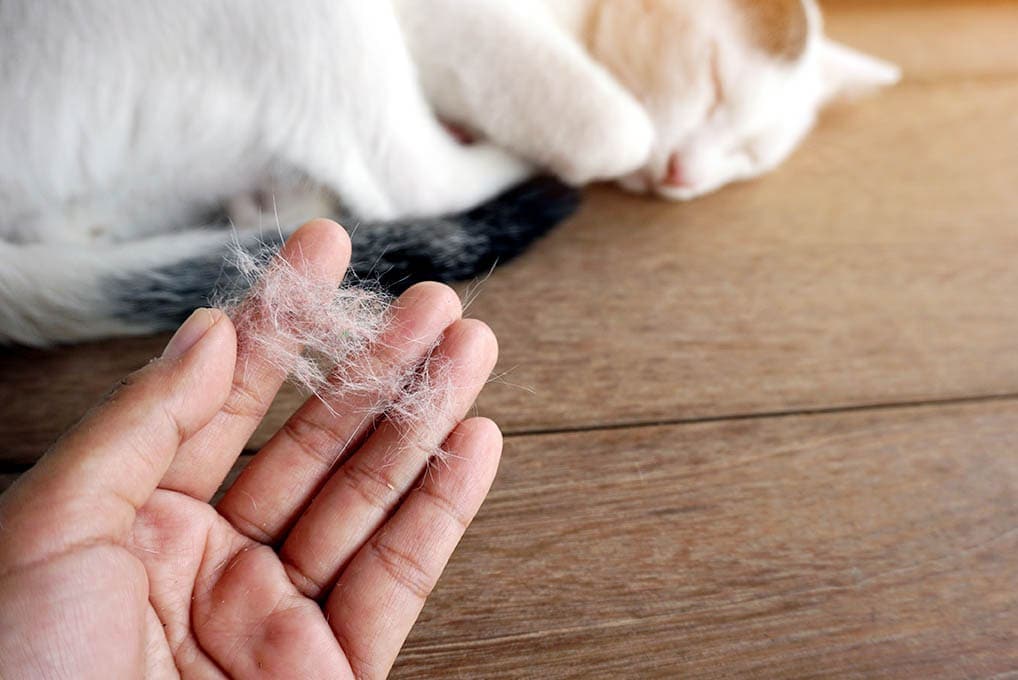How to Help an Abused Dog Recover: 8 Tips & Tricks (Vet Answer)
By Dr. Sharon Butzke, DVM (Vet)
Updated on

Adopting a rescue dog can be a very gratifying experience, but it often also comes with challenges. Many rescue dogs have an unknown history. They may have received little or no socialization, been neglected, or sadly, even physically abused. Some dogs suffer from post-traumatic stress disorder (PTSD) as a result.
Rehabilitating a dog is a big commitment, so please take some time to make sure this decision is right for you! Dogs who have suffered abuse will have a more difficult time recovering, especially if they are re-homed multiple times.
This article offers some great points to consider before adopting a dog.
The 8 Tips for Helping an Abused Dog Recover
1. Be Prepared for Behavior Challenges
A study published in 2014 identified some common characteristics in canine abuse victims.1 This information can help potential adopters anticipate some of the challenges they may face with their new companion:
- Fear of unknown people and dogs
- Aggression
- Excitability and hyperactivity
- Separation anxiety
- Attention-seeking behavior
- Repetitive (compulsive) behaviors
Additionally, some dogs may not be house-trained. Others may bark or whine excessively. Dogs that have suffered physical injuries may require lifelong medical management. Each dog is unique and will have their own particular needs.

2. Create a Safe Space
Abused dogs appreciate having a safe place to retreat to when they feel overwhelmed. Veterinary behaviorist, Dr. Christine Calder, recommends creating a safe haven, which:
- Is located in a quiet part of your home
- Can be a specific room, closet, or covered kennel
- Has comfortable bedding (as long as your dog won’t chew it)
- Needs to be off-limits to kids and strangers
- Should be associated with only positive things (e.g., treats, favorite toys)
You can also consider using a pheromone diffuser to help your dog feel calm in this space.
3. Learn to Read Your Dog’s Body Language
Dogs can’t talk to us, so they communicate through their body language. Improving your ability to read how your dog is feeling is incredibly helpful! It will allow you to respond more quickly and appropriately, which will increase their trust in you.
Tufts University has some great resources about dog communication, including some quick-reference posters to help you recognize signs of fear.
Always respect your dog’s choice to move toward or away from a particular dog, person, or situation. Otherwise, their fear may increase and could lead to aggression.

4. Always Supervise Your Dog Around Kids
Never leave a rescue dog (or any dog) alone with children!
The American Veterinary Medical Association (AVMA) reports that at least 4.5 million people are bitten by dogs every year in the United States, and it is estimated that over half of the victims are children.2
Dogs in general (but especially ones who have suffered abuse) may bite when startled, scared, defending something, or in pain. Kids often move quickly, make lots of noise, and are unlikely to recognize signs that a dog is feeling uncomfortable. Your dog’s safe haven is a great place for them to be when children are around.
5. Only Use Positive Reinforcement
In 2021, the American Veterinary Society of Animal Behavior (AVSAB) released a position statement about humane dog training. It reviews the benefits of reward-based training, as well as the harmful effects of aversive training methods.
Positive training methods are especially important when you are trying to build trust with a dog that has experienced abuse. The last thing a traumatized dog needs is any form of punishment, which may cause them to shut down, or become aggressive.
When dealing with challenging behavior, remember that your dog doesn’t “know better”. They need your guidance and lots of encouragement when they get something right!

6. Seek Help From a Certified Professional Trainer
Even the most experienced dog owner can benefit from working with a professional trainer, who can:
- Help you identify things that trigger fearful or aggressive responses in your dog
- Teach you how to shape useful behaviors (e.g., targeting, conditioned relaxation)
- Create positive experiences that will help your dog build self-confidence and increase their trust in you
- Provide controlled situations for your dog to practice interacting with other people and dogs (i.e., through group classes, if appropriate)
Look for a trainer who has specific experience with abused dogs, if possible. Avoid trainers who suggest using any form of punishment!
You can search for a Certified Professional Dog Trainer (CPDT) here.
7. Find a Fear Free Certified Veterinarian
Your veterinarian is an important part of your dog’s rehabilitation team. They provide general medical care, prescribe medication, and can be a great resource for behavior issues. They can also refer you to a veterinary behaviorist (if needed).
Ideally, everyone your dog interacts with should be on the same page when it comes to minimizing stress. Vet visits can be scary for any pup, but especially for dogs that have suffered abuse. Fear-free certification tells you that a veterinarian is committed to practicing low-stress handling (as much as possible) and that they have completed additional training in this area.
Use this searchable directory to find a fear-free veterinarian near you.

8. Remember That Medication Can Help
Living in a constant state of fear will hurt your dog’s quality of life. Also, a dog whose brain is dominated by fear may shut down in difficult situations, instead of being able to learn new skills.
Dogs with relatively mild fear may show some benefit from products such as pheromones, natural supplements, or veterinary food/treats with calming ingredients. However, dogs with extreme fear or separation anxiety will likely benefit from prescription medication. Your veterinarian can discuss the many options with you.
- A short-acting medication to help your dog through specific situations
- Longer-term medication to help facilitate their rehabilitation and training, which you may be able to wean them off eventually
- Lifelong medication if it helps your pup maintain their best quality of life
It may take some trial and error to figure out what works best for your dog.
Final Thoughts
Adopting an abused dog may not be easy but it can certainly be rewarding! You have an opportunity to provide them with a safe and loving home, where they can learn to trust people again. Remember that you are not alone in this journey, and never be afraid to ask for help.
Featured Image Credit: Bogdan Sonjachnyj, Shutterstock












